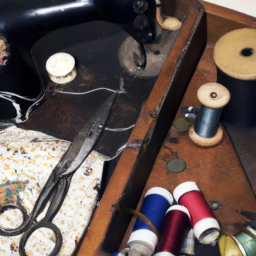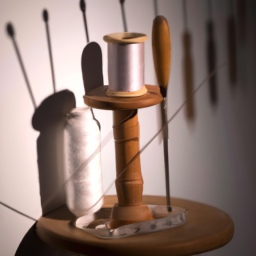
Origin of Hand Sewing Needle

The hand sewing needle, one of the oldest and most essential tools in the world of textiles, has a fascinating origin that dates back thousands of years. A needle is a slender, pointed object used for stitching various materials together with thread. While there are many types of needles today, the origin of the hand sewing needle can be traced deep into the historical tapestry of human civilization.
The earliest evidence of sewing needles can be found from archaeological discoveries in ancient civilizations such as Ancient Egypt and Mesopotamia. These needles were typically made from bone, ivory, or animal horns. They were thick and relatively large compared to the delicate needles we use today. Needles crafted from copper and bronze were also prevalent during the Bronze Age.
It was not until the Iron Age when metalworking techniques advanced significantly, leading to the production of smaller and more refined needles. The ancient Romans were known for their craftsmanship in creating exquisite sewing needles from iron.
Fast forward to medieval times, needles became important commodities and skilled craftsmen started using a more durable metal, steel, to produce them. In Europe, the needle-making industry thrived and professional needle makers, known as “Needlers,” emerged.
As time progressed, advancements in technology, such as the Industrial Revolution in the 18th century, led to the production of sewing needles on a larger scale. The development of machinery allowed for mass production, making needles more accessible and affordable for the general population.
Today, needles are typically made from stainless steel, which provides excellent flexibility and resistance to corrosion. Sewing needles have evolved to meet specific purposes, including embroidery needles, tapestry needles, and sharps for general sewing.
Image source: Pexels




